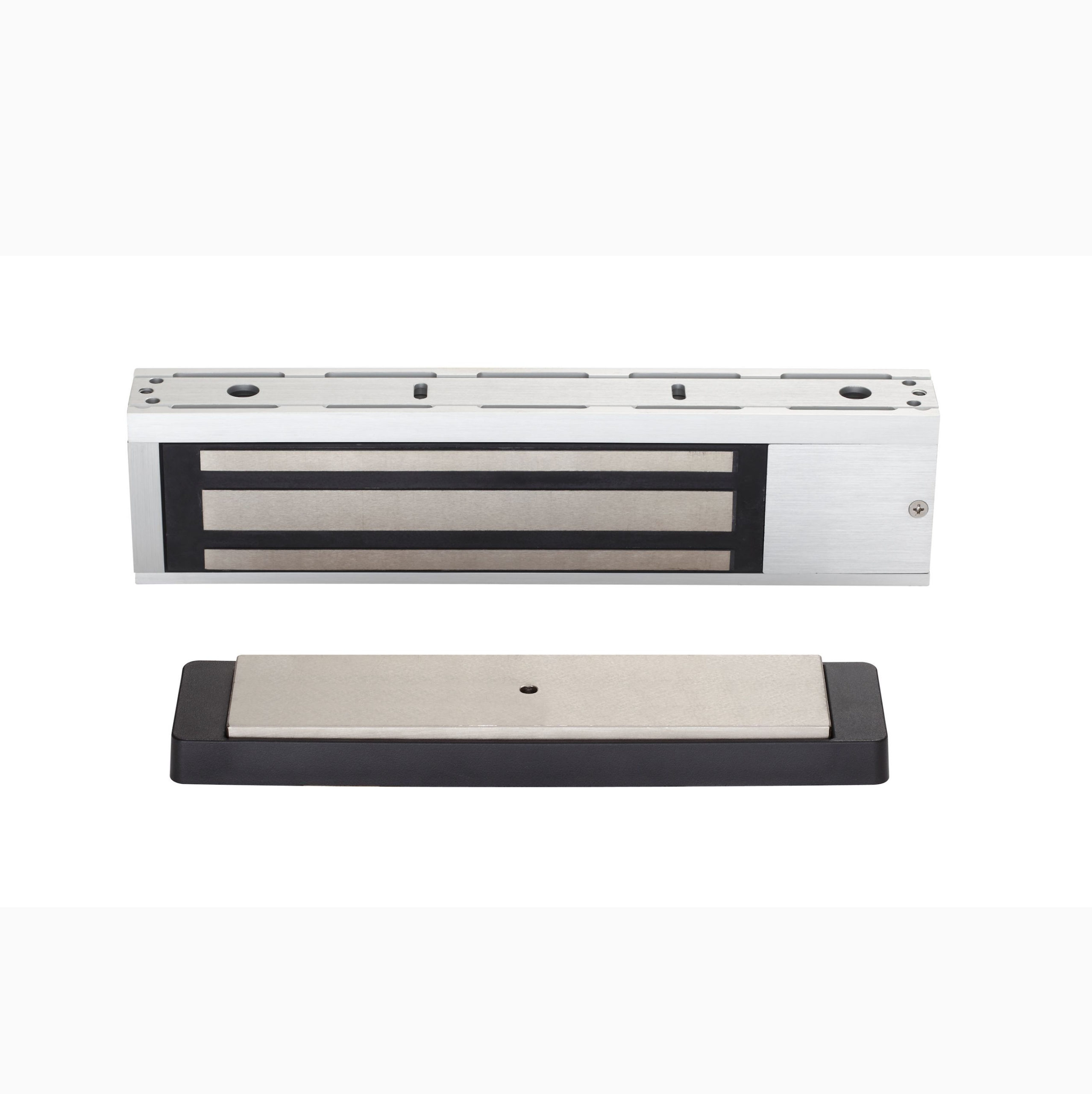I receive questions on electromagnetic locks every single week. On one particularly memorable day (that I wish I could forget), I was asked by a security integrator to explain these two sections of the IBC to a state code board, so they would realize that only one section of the code should be applied to the door in question, not both. Because of the way the code was written then, and lack of understanding/interest by the board, I was not able to convince them. I failed!
Since then, changes have been made to the model codes to help avoid this confusion, and the IBC Commentary has been edited to make the intent more clear. I hope this video sums up the requirements in a way that will help answer any remaining questions. Please share it with anyone who needs to understand the code requirements that apply to mag-locks.
The rest of our whiteboard animation videos can be found on the Allegion Training page, or on the Videos page of iDigHardware.com.
What other topics would you like to see addressed in future videos?
You need to login or register to bookmark/favorite this content.






Are touchbars considered a switch controlled release (option B) or more like a REX scanner that requires a button and fire alarm tie-in (option A)?
I don’t think they are typically wired to interrupt the power to the maglock directly but instead are powered and wired to provide an output signaling the access control system or mag lock to cut power.
I have seen this interpreted both ways in San Francisco.
Hi Nathan –
Touchbars are considered door-mounted hardware (option B). The IBC says: “Operation of the door hardware directly interrupts the power to the electric lock and unlocks the door immediately.” That may be interpreted in various ways…typically AHJs don’t seem to get too far into the actual wiring. If an AHJ feels that a particular hazard exists, they can require an auxiliary push button or other safety feature, but the intent of the model codes is that if the mag-lock is unlocked by a switch in the hardware mounted on the door, the auxiliary push button and unlock upon fire alarm are not required.
– Lori
Another great video!!
Tell all of your friends! 🙂
– Lori
Another great video Lori. The challenge is when you have AHJs interpreting these articles as applicable to an electrified lock or a door with an electric strike. We had instances where the AHJ on a couple of Jurisdictions demanded we installed Push to Exit buttons and for the REX motion to unlock an electrified lock (no magnetic lock) and for the lock to unlock on both directions on a Fire Alarm activation, effectively leaving the customer’s facility wide open. IMHO, the codes do not address these scenarios clearly enough. At least, the new nomenclature is a move in the right direction.
Hi Mario –
If you run into that situation again, let me know and I’ll try to help. The 2015 IBC Commentary is pretty clear about what the intent of those code sections is, so you could also reference the Commentary. If there’s any possibility of educating the AHJ up front, rather than trying to change their mind after they’ve issued a directive, that’s always easier.
– Lori
– Lori
Hi Lori. Completely understood. On one of the jobs, we went as far as preparing a mock up of a door with a D80PDEU to illustrate the point to the AHJ. Their response was “That is not what the NFPA book says”. I’ll keep in mind your offer for assistance. As always, thank you for your help and all you do for the industry.
Cheers!
Hi Lory,
Can you give me examples of door-mounted hardwares for option b? especially for glass doors?
Thank you.
If it’s an all-glass door with no vertical stiles, it can be a tough application because there is no place to hide the wires. Examples of door-mounted hardware for Option B would be panic hardware with an RX switch, a lever handle with an RX switch, or a sensor bar which has a switch released by touch (there are various ways of doing this).
– Lori